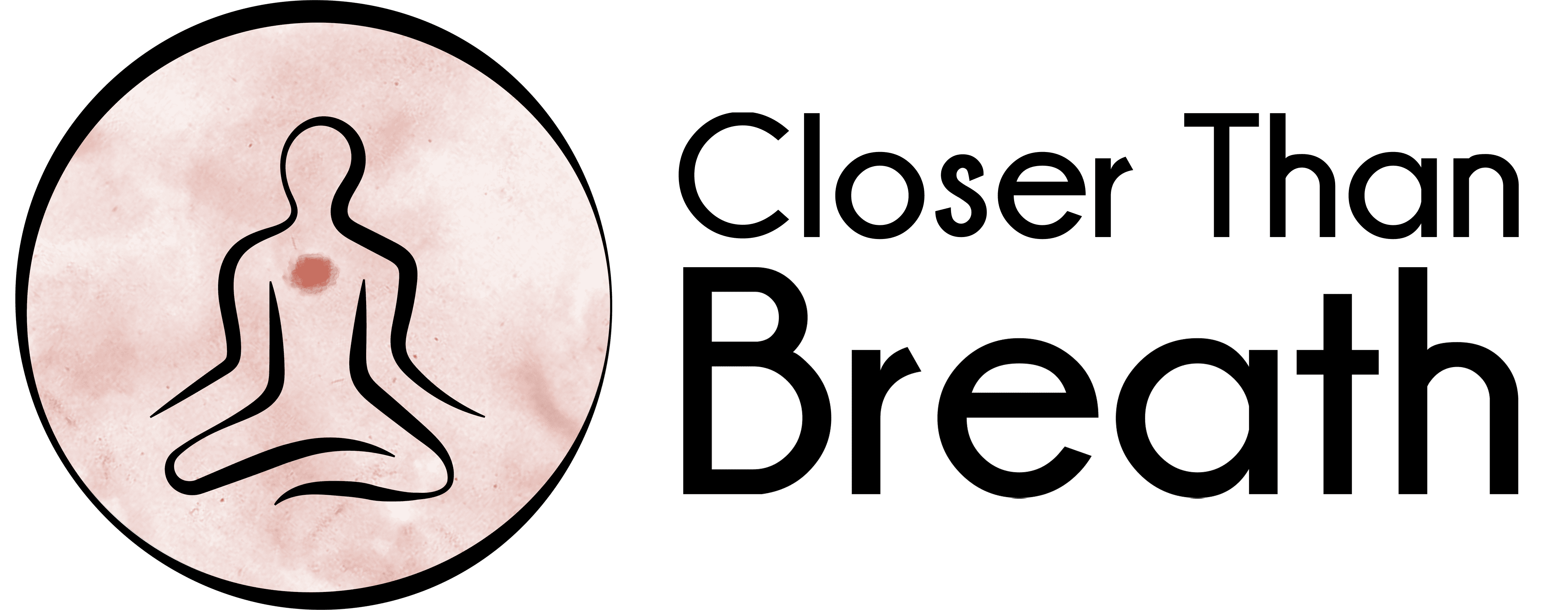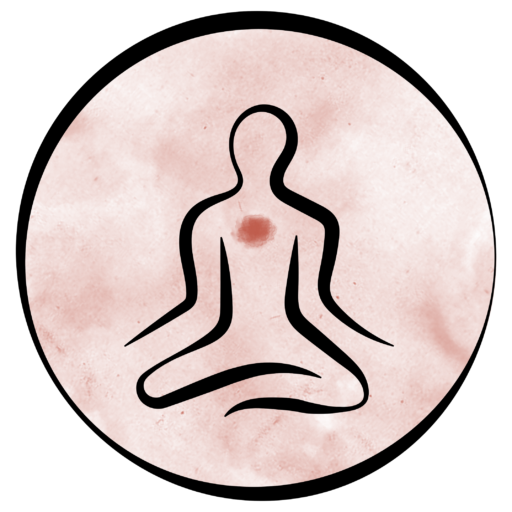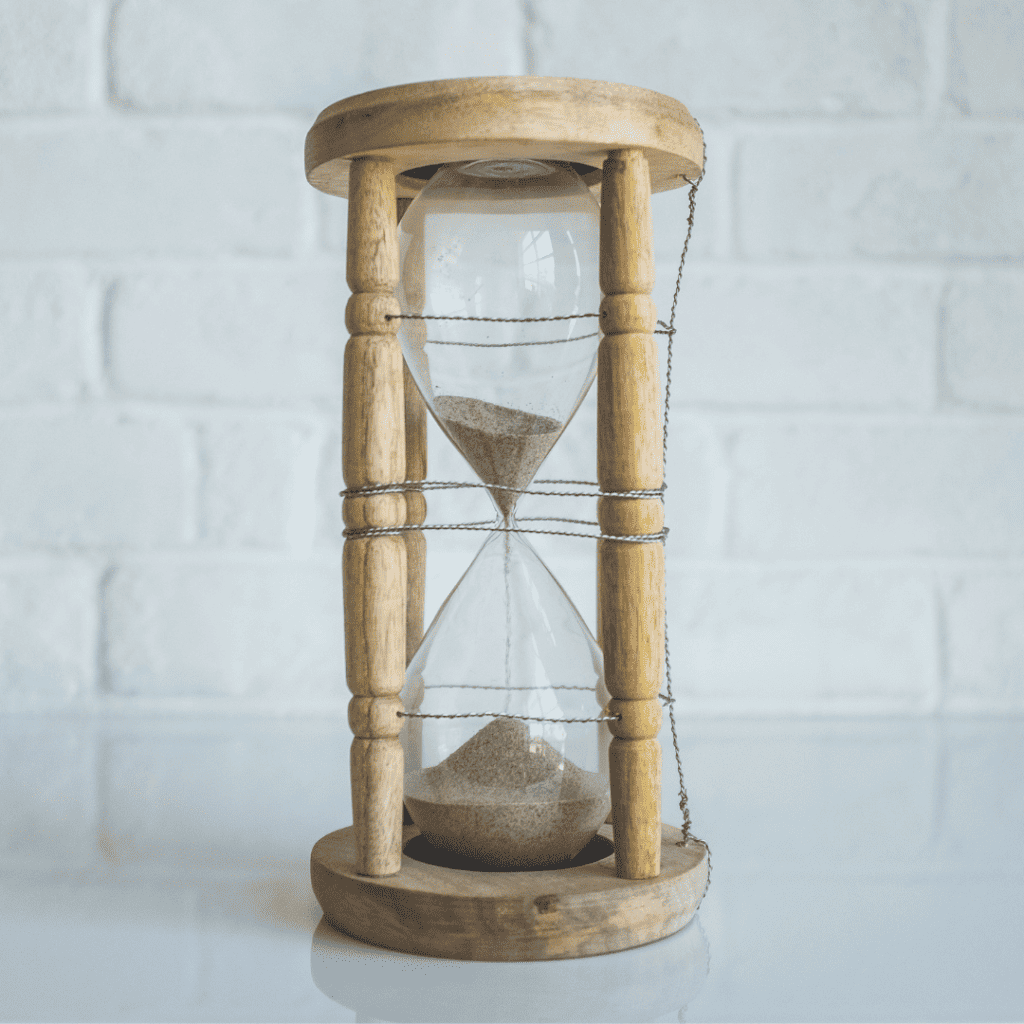Join us for Part Two of our fascinating interview with Caroline Oakes, author of the new book, Practice the Pause: Jesus’ Contemplative Practice, New Brain Science, and What It Means To Be Fully Human.
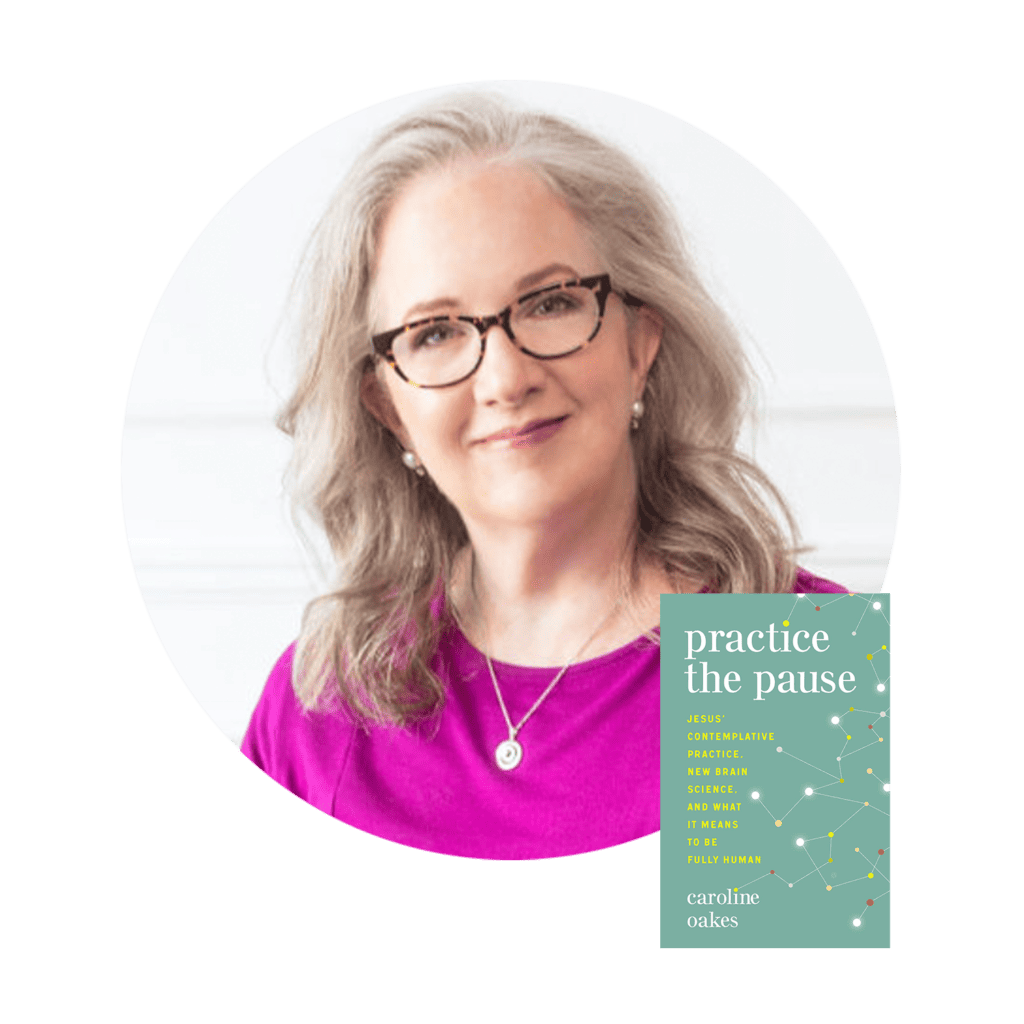
Check out Caroline Oakes’ Book “Practice the Pause” by clicking here.
5. Can you tell us more about Jesus’ own teachings on prayer in silence and solitude?

We can easily assume that the gospel writers, master storytellers that they were, intentionally chose to include the many accounts of Jesus taking time apart to be alone with God to show how Jesus himself followed his own teachings on the life-changing power of silence and solitude in God. They did not want us to miss this.
For centuries, scholars have pointed to the Matthew 6:6 passage as the mainstay of Jesus’ own teachings on the power of contemplative prayer — prayer beyond words — “But whenever you pray, go into your room and shut the door and pray to your Father who is in secret; and your Father who sees in secret will reward you.”
At first glance, this passage does not appear to be a directive on quiet interior prayer. But the original Greek word that is being translated as “room” here more precisely means an “inner chamber,” a “secret chamber,” a “private room,” or, my favorite, “the inner room of you.” Jesus is directing us to go into the inner room of ourselves to be with the Holy One as the way to connect with, attune to, and be transformed by Divine Presence.
For several reasons, most obviously because most first-century Galilean homes did not generally have inner rooms or private rooms in their residences, church scholars as early as the desert mothers and fathers understood that Jesus was not referring here to a room that is an actual physical place, but instead to an inner spiritual reality, our “divine indwelling,” the place where Jesus’ followers (and we) can “rest in God” beyond words or thoughts or feelings.
Centering Prayer founder Thomas Keating actually called Jesus’ Matthew 6:6 directive “Jesus’ formula for waking up to who we are.” Keating said that “shut the door” in this passage means to enter the inner room and then “stop the interior dialogue. Get free or detached from our over-identifications with our thoughts, experiences, past life events, future hopes. We are in the process of awakening to the divine image within us”!

6. Can you tell us more about how Jesus’ example of practicing the pause can help us to move past our human instinct to either “fight” or “flee” in stressful situations, and instead respond in what some call the “third way” of Jesus?
Having a contemplative practice of “getting detached” from the thoughts, expectations, and emotional triggers that can cause our fight/flight responses in stressful situations, and reattuning ourselves again and again to that of God within us and all around, as Jesus showed us, ultimately enables us to be more God-centered, as Jesus was. And gradually, we begin to live through a more God-centered part of us. We become aware of and attuned to alternative and loving responses to fight or flight in stressful moments. We become attuned to a “third way.”
The way this happens in our daily interactions actually parallels what we know now about the science: An intentional contemplative practice, like Centering Prayer, gradually gives us more time in stressful encounters. Sometimes it is just a crucial nanosecond — a “space between.” A pause. We’ve all felt the spaciousness and power of that pause at some point. We can feel it when we catch ourselves and stop for a moment to reconsider a situation from a bigger perspective.
That space is what Holocaust survivor and author Victor Frankl talks about when he says, “Between stimulus and response there is a space. In that space is our power to choose our response. In our response lies our growth and our freedom.”
It is this space, this pause, that makes room for the flow of the Divine within us, for a more intuitive and expansive awareness, and sets us up to be able to thoughtfully respond with love and understanding, even in stressful situations.
Between fight and flight is Jesus’ third way, and where our human potential for radical, inclusive, self-giving love resides. This is “contemplation in action.”
Thomas Keating himself says we are experiencing a spiritual evolution that is “a prelude to a divine-human way of functioning, with all the virtues of which humans are capable but which we have not yet learned to put into practice.”
7. I know you practice Centering Prayer — after all of this research on neuroscience, what do you think centering prayer offers?

Of course, the science is indeed fascinating as we realize that the movement of releasing a “distracting” thought during Centering Prayer and returning to our sacred word actually rewires our brain.
But what I most love and appreciate about Centering Prayer is its invitation to return to our essence, to our heart of hearts, to the divine spark indwelling in us and all things. In those moments when we let go of a thought and return to center, we don’t simply come back to our breath. We don’t simply come back to the present moment. We come back to the Presence in the moment. We make ourselves available for those twenty minutes or so every day to the Presence and action of the Divine in which we “live and move and have our being.”
So what I think Centering Prayer offers us is nothing less than the transforming grace of being with God in the silence of our deepest, innermost selves. And in this grace is what Thomas Keating calls the divine therapy of Centering Prayer: Every time we release a thought and return again and again to God, we are again and again “re-membering” ourselves to God. We are re–attuning to God, we are realigning ourselves with God. We are saying “yes” to our own core goodness within us and within everything. And in this surrender, our unconscious is able to release some of the obstacles, the hurts, the traumas, the old stories, that can get in the way of our connection with God and with ourselves and with others.
So the revolutionary potential of what Centering Prayer offers is that it can transform over time the way each of us sees and understands ourselves and the world around us. By practicing the pause, we reconnect with the love and power of the Divine so that it can flow through us. We become more loving of ourselves and others. We become more aware of grace. We are able to respond in love rather than react, and in ways that ultimately bring peace — to our relationships and to the world.

8. What advice do you have for someone just starting a Centering Prayer practice?
Starting with a practice of even a seven second pause to return to your innermost self and the Presence within you and all around you will bring positive and Love-filled changes in your life.
And if you are able to then move toward five or ten minutes and then to the recommended twenty minutes a day, you will experience quite noticeable fruits of the practice in your own way of being in your daily life. (Both neuroscientists and Centering Prayer practitioners will attest to this)!
I had been practicing Centering Prayer for 25 years when I discovered Keith Kristich’s Closer Than Breath online course and community. The course helped me to understand Centering Prayer in fundamentally new ways that enhanced my day-to-day practice. And I continue to find that my once-a-week meditation times with Keith and Jana Rentzel and the Closer Than Breath community gives my practice a depth and breadth I had never before experienced.
As a Closer Than Breath practitioner said recently, “Through my practice I find now that there is a deeper ‘I’ in me from which I live, and to which I return.”
And one fun last thought – When I think I may be too busy or that my environment may be too distracting for me to have a “prayer-sit” that day, I am reminded that Thomas Keating himself even practiced Centering Prayer while sitting in busy airports waiting to board his plane! ☺
Check out Caroline Oakes’ website here: https://www.carolineoakes.com/
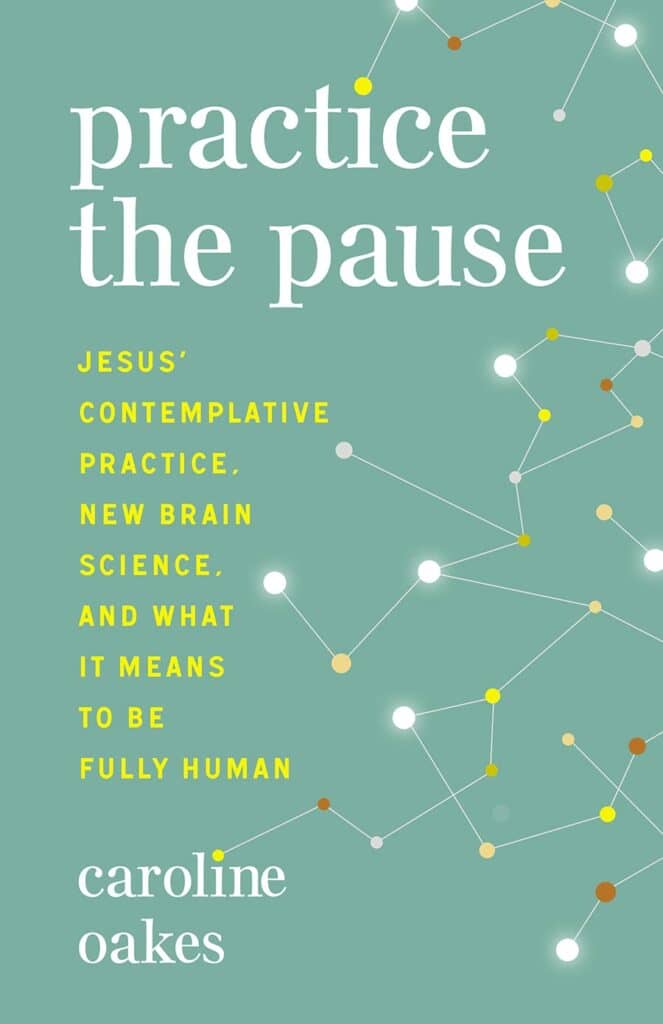
Check out Caroline Oakes’ Book “Practice the Pause” by clicking here.
